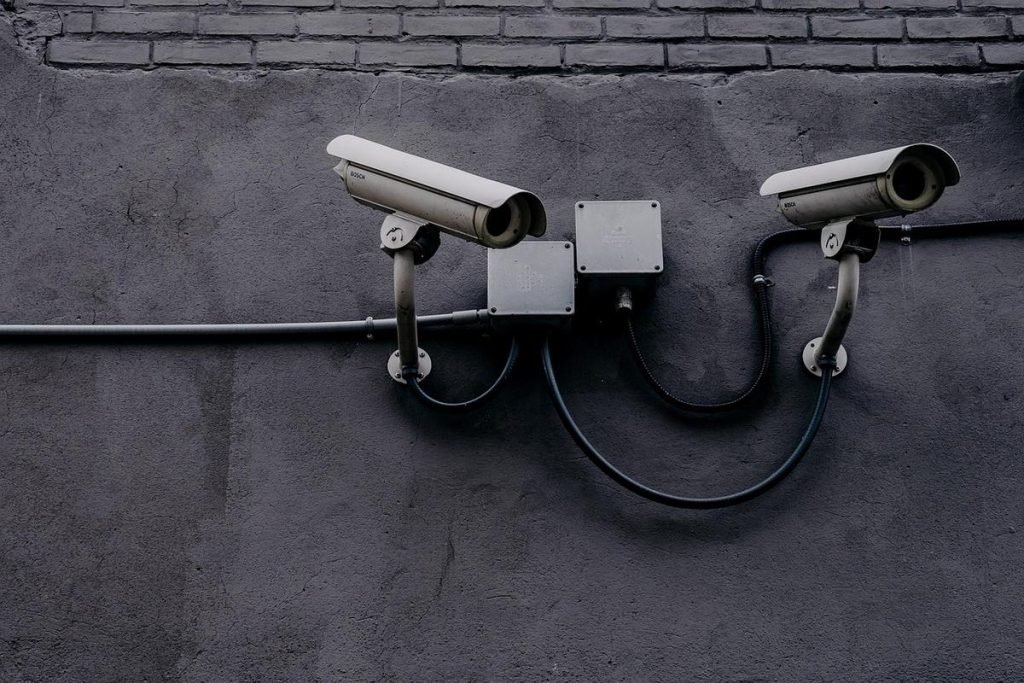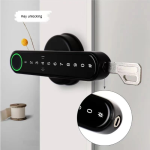Agentic AI promises to deliver significantly greater returns on security budgets while giving response teams the power to act on incidents before they escalate out of hand.
Alert fatigue represents one of the most persistent concerns for security operators, and autonomous intelligence could offer a viable way to reduce the burden.
Many companies rely on a combination of systems—card readers, video cameras, fire detectors and intrusion sensors—to keep premises under watch. Each device provides critical data in its own right, but they tend to operate in isolation and depend on people to investigate every alarm. That model generates a tidal wave of notifications, overwhelming staff and making it difficult to forge a cohesive operational picture.
Frontline personnel often find themselves locked in a cycle:
• Checking multiple dashboards for alerts
• Addressing each alarm in a moment-to-moment fashion
• Pulling logs or recorded footage afterward to compile an incident report
It’s tempting to blame the number of control panels for the delay in response, but the real obstacle is sheer alert volume. Security teams need a method to cut through the noise, merge insights across devices and systems, and drive decisions with speed. That calls for a shift away from pure reactivity toward a model that highlights the most serious threats while letting automation take care of routine concerns.
Agentic AI delivers on that promise by operating like a dedicated software agent, capable of executing an entire workflow without human intervention. Built on machine learning, large language models, visual language models and generative AI methods, these systems can absorb vast streams of information, check for anomalies, weigh courses of action and then trigger deterrents or escalations as required.
At the heart of agentic AI is continuous self-improvement. Data gathered from each completed task feeds back into the system’s decision engine, enabling it to refine its logic for future instances. This learning loop ensures that the system becomes more precise over time, adapting to the distinct environment and risk profile of each deployment.
Traditional computer vision has long been used to detect movement, unauthorized entries or missing safety equipment, but it stops short of prescribing a response. Autonomous intelligence layers context on top of image analysis, making judgments about threat levels and initiating countermeasures. To illustrate this, consider three practical applications:
Scenario 1
A perimeter video feed flags a figure creeping along a restricted fence line. Conventional analysis simply notes “person detected” and dispatches an alert. An agentic system, in contrast, scrutinizes factors such as walking speed, posture and previous patterns, then computes a risk rating. If the score is low, it may broadcast a pre-recorded voice prompt to warn the individual; if the situation appears dangerous, it can route a high-priority notification to a remote operations center.
Scenario 2
On a construction site, cameras watch for safety compliance. Simple vision models announce when someone lacks a hard hat or safety vest, leaving supervisors to verify and follow up later. An autonomous agent identifies multiple gear omissions, flags their exact location in the frame and instantly delivers a tailored onscreen or audio cue instructing the worker how to correct the violation.
Scenario 3
In a hospital lobby, footage must distinguish between visitors, staff and potential bad actors, as well as monitor for signs of distress. Legacy systems alert staff to any presence. Autonomous AI assesses uniforms, gait patterns and context—such as a person leaving a bag unattended—assigns a risk category and chooses the response: paging security, activating a calming audio message or notifying medical personnel.
Security integrators looking to introduce agentic AI can map out initial pilots by asking key questions:
• Which tasks occupy most of our team’s working hours, and could those processes be automated?
• What types of events generate the largest share of low-priority alarms, and can those alerts be handled end-to-end by AI?
• How might real-time automated notifications or audio messages change response times and lighten the load on human operators?
• What compliance or legal issues arise if we replace manual checks with autonomous actions?
• How secure is the AI itself against tampering, and what safeguards are needed to protect both data and decision-making pathways?
Work on these areas will help sharpen priorities so that automated agents provide instant reductions in headcount pressure and overall operating costs. Once a basic framework is in place, teams of any size can maintain round-the-clock coverage, safeguarding employees, guests and community members without routing every alarm through manual review.
While agentic AI is still expanding its repertoire of functions, developments in event orchestration, sensor integration and natural-language interfaces are progressing rapidly. Partners that collaborate closely with customers to deploy pilot projects, define success metrics and handle real-world fine-tuning will gain a strong market position. Early adopters stand to eliminate duplicated effort, speed up incident resolution and draw extra value from equipment already installed on their premises.
Looking ahead, additional capabilities are on the horizon: automated threat simulations for staff training, predictive maintenance signals driven by performance trends, and cross-system analytics that merge physical and cybersecurity events. Integrators will play a central role, not just in hardware installation but in configuring AI workflows, validating performance against agreed-upon criteria and documenting system behavior for audit purposes.
By experimenting with real deployments—whether in a warehouse environment or a healthcare campus—service teams can gather crucial operational data and optimize policies. Well-defined governance frameworks and the appropriate level of oversight keep any autonomous responses within approved boundaries and aligned with regulatory or insurance requirements.
Blending human judgment with self-driving AI creates a fluid security architecture where cameras, sensors, access controls and software collaborate seamlessly. In that setup, on-site personnel intervene only when their expertise delivers the greatest impact, while agents handle predictable or repetitive events. The result is a more manageable workload, faster intervention on critical threats and improved morale among teams tasked with protecting people and property.



